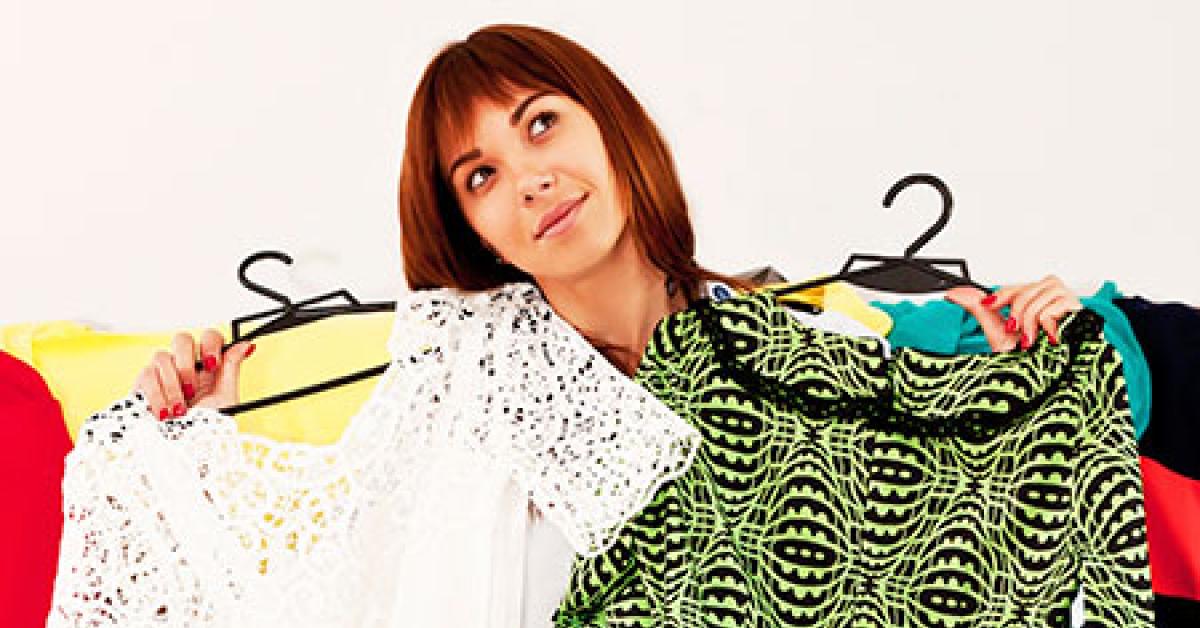SAN FRANCISCO — Several times each year, in style centers around the world, designers and their fans gather for the unveiling of the newest designs on the fashion runways.
Fashion devotees range from the mega-wealthy wearing one-of-a-kind haute couture to mass-market purchasers. Their buying power may differ, but they have in common that they all want to look their best and to have their clothing fit like it was custom-made for them. They also want and need you to protect the significant investment they have made in their apparel.
These “vogue disciples” are important to your success since they are the influencers whose style and advice can sway many prospects and send them your way.
This fall, the key runway trends included ever more black and white, sometimes accented with a pop of vibrant color. Frills, lace and mesh detailing, as well as cutout backs and sides, were also prevalent. Retro maxi dresses, pinafores and crop tops added a juvenile playful tone, especially when trimmed with silver ribbon detail. Billowy tulle and silk contributed a touch of the bohemian.
These styles may already be hitting your inventory, and you are giving them the expert TLC they need to stay in like-new condition. They often require careful pre-testing, delicate spotting, deft pressing technique and supportive (always attractive) packaging. Your fabricare skills are much appreciated by the fashion-focused because you keep them looking the part of style guru.
Beyond your essential expert professional care, there are many additional ways to attract this customer segment to your services.
In Part 1, I suggested that expert tailoring will solidify fashion leader loyalty, but this skilled service requires expertise that is often difficult to identify, locate and attract. It is talent that can also be challenging to manage. The talent search can be problematic and can require creativity in itself.
In addition to the traditional sources of sewing skill, you might find the following possibilities helpful as sources of expert seamstresses:
- Sewing instructors can be found through schools, craft clubs and bulletin boards.
- Fashion institute students like working with the fine fabrics and quality clothing that a fine cleaner handles regularly.
- Skilled tailors and seamstresses are more plentiful offshore, and you can sponsor them through select immigration programs. Eastern Europe seems to provide a number of tailors with exceptional ability levels.
- You might benefit from contacting organizations that are providing help to newly arrived refugees.
- Fabric stores attract customers and associates with sewing skills.
- Online searches of related keywords will uncover new sources of proficiency.
Management of this specialized talent can be especially perplexing but can also be simplified through compensation that aligns the tailors’ interest with your profitability interest. Samples of this approach to compensation include:
- Revenue sharing, most commonly on a percentage of total revenue
- Hourly rates, although usually the least motivating for the specialized skill, however, can add desired income stability when that is the associate’s financial goal.
- A flat rate per garment, which is similar to revenue sharing but with a menu of labor rates by garment type, is becoming more common.
Other services that win loyalty of trendsetters are:
- Handbag cleaning, which is especially appreciated since finding the appropriate purse is challenging and the perfect color, line and configuration of pockets is valuable to preserve.
- Shoe care and repair encompasses the same considerations as handbags with the added complication of comfortable fit.
- Home textile design is as important to these clients as their wardrobe design and so is the fabricare associated with these domestic textiles. Since these clients are fashion-forward, they own extensive home fabric wardrobes as well.
- Seasonal cleaning of patio and other exterior cushions is an opportunity that most clients don’t know you can provide.
- Automotive interior cleaning is a natural extension of your service on the other fashion textiles in the trend setter’s life. Often the car designs are as dramatic, or even more so, than the personal apparel design.
- Cleaning of textiles used on private planes (personal, domestic and interior) is another extension of the fashion lifestyle. Many of these clients enjoy the benefits of owning, leasing or sharing private planes and they need specialized fabricare.
- Boat interiors create the same opportunities as the private plane market.
Although not a service for which you will be paid directly, creating a fashion calendar on your company’s website will generate buzz and show that you are “tied in” to the fashion community. All of your social media efforts can capitalize on the interests of this active and passionate group.
Creating unique events in conjunction with relevant joint venture partners, i.e. designers and retailers, will provide an implied endorsement. The trusted and admired advisers within the fashion culture wield powerful influence over their fans, and you can become a member of that trusted team.
If you missed Part 1, read it HERE.
Have a question or comment? E-mail our editor Dave Davis at [email protected].

